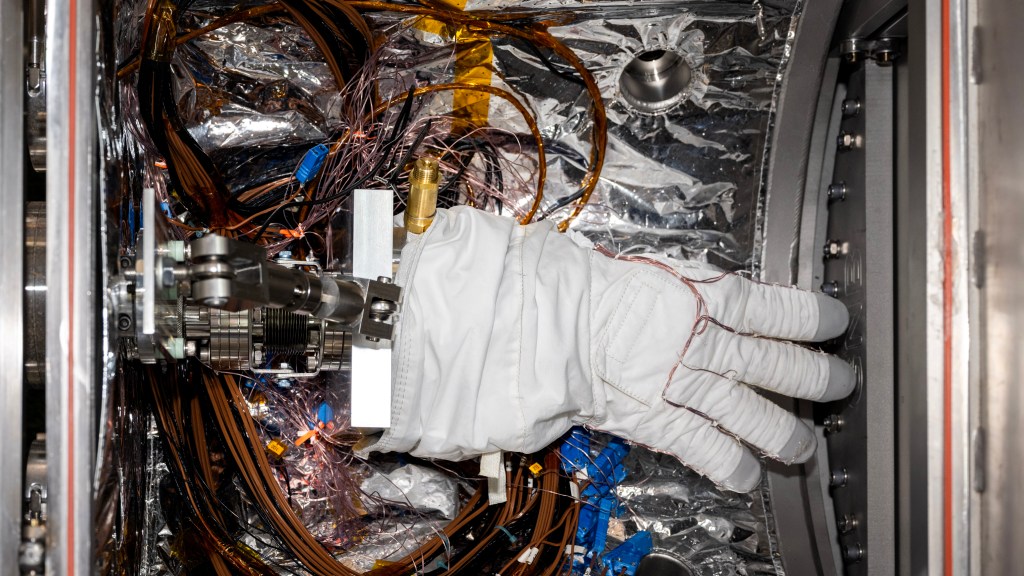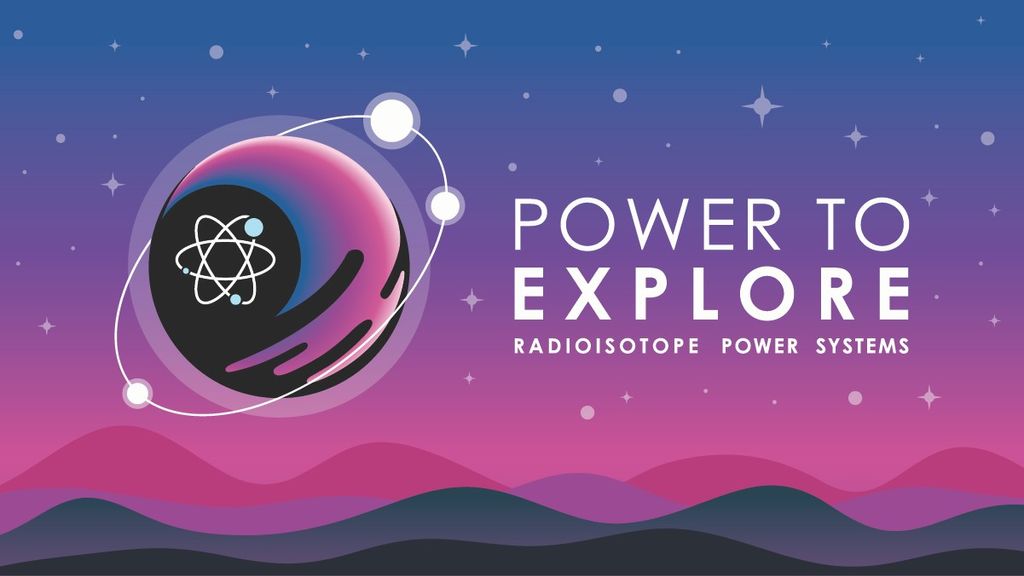Defining the "N" in SCaN
Positioning, Navigation, and Timing (PNT)
The term Positioning, Navigation, and Timing is commonly used to describe the services that Global Positioning System (GPS) / Global Navigation Satellite System (GNSS) constellations provide, or to denote the various methods and technologies by which navigation is supported. These words are defined as follows:
Positioning is the ability to accurately and precisely determine one’s location and orientation two-dimensionally or sometimes three-dimensionally when referenced to a standard geodetic system such as World Geodetic System 1984 (WGS84) or the International Terrestrial Reference Frame (ITRF).
Navigation is the ability to determine current and desired position (relative or absolute) and apply corrections to course, orientation, and speed to attain a desired position anywhere around the world, from sub-surface to surface and from surface to space.
Timing is the ability to acquire and maintain accurate and precise time from a standard Coordinated Universal Time (UTC) anywhere in the world and within user-defined parameters. Timing also includes time transfer.
SCaN's Navigation Roles and Responsibilities
SCaN’s navigation responsibilities include:
- Committing NASA to a single unified space communications and navigation architecture
- Maintaining a catalog of currently available and planned space communication and navigation services and capabilities
- Promoting technology development to facilitate on-board autonomous navigation that reduces operational burdens on the NASA communications and tracking networks
- Protecting legacy GPS application investments while enabling new, improved techniques to be implemented
SCaN provides missions with navigation information by enabling four categories of services:
- Communications: Enables user navigation information to be forwarded and returned to and from space
- Metric Data Delivery: Measures spacecraft signals
- Reference Data Delivery: Includes absolute time and geometric reference frames
- Relay Orbit Solutions: Relays health and safety requirement user navigation and acquisition
In addition to these responsibilities, SCaN leads in the development of NASA’s overall navigation capability through spectrum coordination, data standards development, external coordination, and appropriate systems engineering, architecture development, and research and development of GPS applications.
Policy and Advocacy
SCaN manages and protects NASA’s GPS equities through policy development and advocacy and strives to:
- Establish new national and international partnerships that support NASA’s policy goals and enable joint ventures to extend network capabilities in support of NASA space missions
- Advocate for the development of United States’ and international interoperable Global Navigation Satellite System (GNSS) capabilities to support NASA’s missions, and to support space users by enabling more on-board autonomy and safety, while reducing operational burdens to NASA’s tracking networks
- Ensure that any proposed changes to the US Positioning, Navigation and Timing (PNT) policy and GPS levels of service do not adversely impact NASA research and development investments in the development of GPS receiver technology, operation of NASA’s GPS ground monitoring networks, and science returns of missions that rely on stable GPS signals.
National Policy
National Space-Based Positioning, Navigation and Timing Executive Committee (EXCOM)
NASA’s Space Communications and Navigation (SCaN) Program has equity in a broader National PNT enterprise which includes cooperation with other government agencies to develop and plan policy and architecture needs at the national level to meet the needs of the US space community. GPS and its policies are managed and coordinated by the Deputy Secretary level National Space-Based Positioning, Navigation and Timing (PNT) Executive Committee. NASA is one of nine federal agencies that are members of the Executive Committee, with NASA representation by the NASA Deputy Administrator.
International Policy
Global Navigation Satellite System (GNSS) International Engagement
SCaN’s international engagement activities for GNSS include bilateral and multilateral activities. The bilateral meetings are organized by the US Department of State with the European Union, Russia, Japan, India, and others, and in multilateral forums such as the United Nations International Committee on GNSS (ICG), GNSS Providers Forum, Asia Pacific Economic Cooperation (APEC), Asia-Pacific Regional Space Agency Forum (APRSAF), International Civil Aviation Organization (ICAO), International Maritime Organization (IMO), and International Telecommunication Union (ITU).
Space agencies are now aggressively examining how to use emerging GPS/GNSS constellation services to “extend the reach” of legacy communications networks for tracking and navigation by using positioning, navigation, and timing (PNT) services to improve mission performance, flexibility, and spacecraft autonomy while also reducing operating costs. Organizations such as the Interagency Operations Advisory Group (IOAG) and the ICG provide a forum for our NASA delegations to work with other international organizations to ensure strategic standardization and interoperability for space users as new GNSS constellations are brought online.
GNSS Augmentation Systems
Since GPS does not meet all the different user segment requirements, there are several GPS Augmentation Systems which have been developed to aid the accuracy and integrity of GPS. These systems enhance GPS by providing differential corrections to the basic satellite measurements to properly equip users. These corrections are based on the systems’ accurate knowledge of the geographic locations of a network of reference stations. The corrections are then transmitted to GPS users who apply the corrections to their received GPS signals, with all processing being done without the human needing to be in the loop. NASA currently contributes to two such networks: International GNSS Service (IGS) and the Global Differential GPS System (GDGPS). NASA is also investigating the use of its Tracking and Data Relay Satellite System (TDRSS) to disseminate GPS differential corrections, integrity information, and other data to space users such as space weather.
For more information on international global navigation satellite systems, please visit:
- Global Navigation Satellite Systems
- Interagency Operations Advisory Group
- Institute of Navigation
- International Association of Institutes of Navigation
- International GNSS Services
- International Committee on Global Navigation Satellite Systems
- Interoperability Plenary
International Global Navigation Satellite System Service (IGS)
Formerly known as the International GPS Service, this federation of over 350 GPS monitoring stations, from more than 200 agencies across 80 countries, pools its resources together to generate precise GPS and GNSS products. This organization established in January 1994, strives to provide high quality data and products in support of Earth Science research, multidisciplinary applications, and education. The Central Bureau Information System which collects the data from the monitoring centers, is managed by the Jet Propulsion Laboratory.
Global Differential GPS (GDGPS)
The Jet Propulsion Laboratory (JPL) developed the Global Differential GPS (GDGPS) to provide Earth-orbiting satellites high level, real-time positioning accuracy for users with dual frequency receivers. These receivers are flown on remote sensing missions flying in low-Earth orbit (LEO) like Jason-1, Jason-2 (Ocean Surface Topography Mission), and Gravity Recovery and Climate Experiment (GRACE). The GDGPS network consists of over 100 reference stations that have been operational since 2000. GDGPS distributes all its corrections and data through the Internet to minimize costs on network operations. GDGPS has recently demonstrated a prototype tsunami prediction system based on the information gathered by remote sensing missions and through the GPS satellites.
- Tsunami Prediction
- Global Differential GPS
- Real-Time Point-Position Performance Evaluation of Single-Frequency Receivers Using NASA’s Global Differential GPS System (PDF)
- Orbit Determination with NASA’s High Accuracy Real-Time Global Differential GPS System
TDRSS Augmentation Service for Satellites (TASS)
The TDRS (Tracking and Data Relay Satellite) Augmentation Service for Satellites (TASS) is an application using current technology being tested to relay real-time GDGPS augmentation messages to near-Earth spacecraft via TDRS to approximately decimeter (about four inches) level accuracy. TASS would enable significant improvements in the accuracy and automation of TDRS orbit determination and will be critical for future optical technologies that require those precise positions. It would also serve to send out other data sets for space users such as space weather alerts.

























